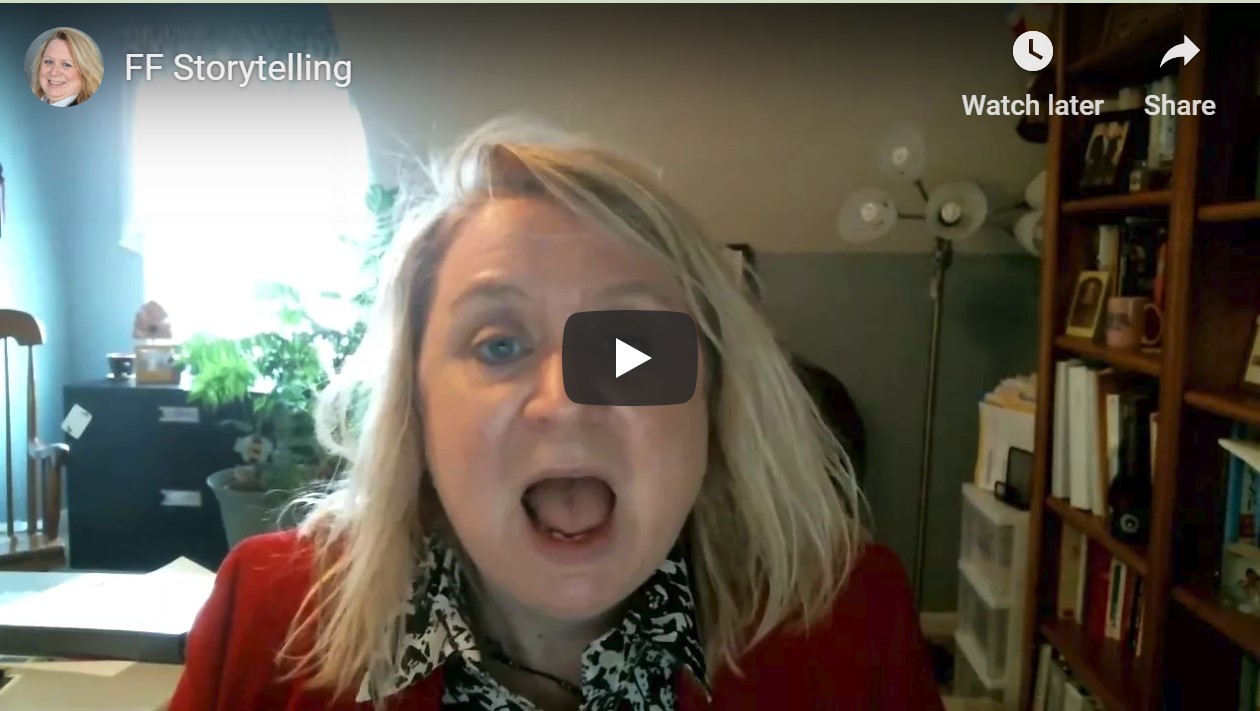Why You Should Use Stories to Illustrate Your Need
Key to any fundraising appeal – whether made in person, in a grant application, letter or email – comes in adequately demonstrating the need for your organization, program, or activity.
Need answers the questions:
What is the harm?
Who is hurt?
How many are hurt?
We can demonstrate this need in numerous ways but by far the most effective way occurs through stories.
Storytelling connects your reader or audience to your cause and your need in a way that no statistics or other method can. It makes the problem more personal when you can talk about someone or something that has directly experienced the problem you seek to fix. The best stories allow the reader or listener to put himself or herself in the shoes of the person in the story. When they say “that could be me or someone I love,” they will more likely respond with a gift of money or time.
Why do stories work so effectively?
Storytelling Engage Your Audience in your Mission in ways that statistics and facts cannot – and this comes from a confirmed data geek! I love statistics, but if you listen to someone rattle off a bunch of statistics, they do not compel you to act as quickly or as passionately as a good story does.
Stories Create Logical Connections Between Parts of Your Solicitation. You might introduce a character or story when discussing your client’s needs in your solicitation and then follow that person or story throughout the appeal to demonstrate how the donor’s gift to your organization can resolve that problem or need. Your appeal becomes a nice neat package that feels complete to your prospect.
Stories Connect the Known to the Unknown. I may not know what it feels like to go hungry, but with a good story, I can start to put myself into the shoes of someone suffering from food insecurity. This helps me make a connection that will enhance the audience’s understanding of your cause.
Engages the Emotional Side of the Brain. Maya Angelo famously said that “people won’t remember what you say, but they will remember how you made them feel.” Stories do that. So, make your audience feel something, and they will remember your appeal and your organization long after they shred the letter or send in their check.
Stories Increase the Release of Oxytocin in the brain which makes people more trustworthy, generous, charitable and compassionate, exactly the characteristics you want from the people listening to or reading your request for funds. Our brain’s hardwire craves and rewards stories!
So how can you best integrate stories into your fundraising appeals? The next Nonprofit Tips and Tidbits will provide some suggestions.








